Italy Flag Meaning
Three equal vertical stripes of green, white, and red, known as 'Il Tricolore,' representing the Italian Republic and embodying the values of hope, faith, and charity that unite the Italian peninsula.
- Continent
- Europe
- Adopted
- 1946
- Ratio
- 2:3
- Colors
- green, white, red
- Designer
- Unknown (evolved from earlier republican designs)

Symbolism
Green Stripe: Represents hope and the fertile plains and hills of Italy, symbolizing the country's agricultural abundance, natural beauty, and the optimism of the Italian people throughout their long struggle for unification.
White Stripe: Represents faith and the snow-capped Alps that crown northern Italy, symbolizing purity, peace, and the Catholic faith that has deeply influenced Italian culture and history for centuries.
Red Stripe: Represents charity and the blood shed by Italian patriots during the wars of independence and unification, symbolizing the sacrifice made for freedom and the passion of the Italian spirit.
History
- 1797: The tricolor first appeared as the flag of the Cispadane Republic, inspired by the French Revolution and Napoleon's Italian campaigns, marking the beginning of Italian republican ideals.
- 1805-1814: The tricolor served as the flag of the Napoleonic Kingdom of Italy, spreading the concept of Italian national identity beyond regional boundaries for the first time.
- 1848-1849: During the First Italian War of Independence, the tricolor became a symbol of the Risorgimento movement, representing the dream of Italian unification against Austrian and other foreign rule.
- 1861: The Kingdom of Italy was proclaimed with Victor Emmanuel II as king, adopting a version of the tricolor with the Savoy coat of arms, marking the achievement of Italian unification.
- 1922-1943: The tricolor continued under Fascist rule, though its meaning was altered to serve Mussolini's regime and imperial ambitions in Africa and the Mediterranean.
- June 2, 1946: Following a referendum that abolished the monarchy, the Italian Republic adopted the current plain tricolor without royal symbols, representing democratic values and republican government.
- 1946-Present: The tricolor has represented the Italian Republic through post-war reconstruction, economic miracle, European integration, and Italy's role as a founding member of the EU.
Trivia
- Italy's flag inspired the flags of Mexico and Ireland, though each has different symbolic meanings and historical contexts.
- The tricolor is often called 'Il Tricolore' and is celebrated annually on Tricolor Day (January 7th) to commemorate its first adoption in 1797.
- The flag represents a country that is home to more UNESCO World Heritage Sites than any other nation, with 58 sites as of recent counts.
- The Vatican City, an independent state entirely surrounded by Italy, has its own distinct flag with yellow and white colors and papal symbols.
- The flag flies over the birthplace of the Renaissance, representing cities like Florence, Venice, and Rome that shaped European art and culture.
- Italy's flag appears on the packaging of countless Italian products worldwide, from fashion brands like Prada and Versace to food products like pasta and olive oil.
- The flag represents the country that gave the world pizza, pasta, gelato, and espresso, with Italian cuisine being globally beloved.
- Rome, represented by this flag, contains the ancient Colosseum, Pantheon, and Vatican City, making it a center of both ancient and religious history.
- The flag appears prominently during the Venice Carnival, one of the world's most famous masked celebrations held annually in the romantic canal city.
- Italy is shaped like a boot kicking a football (Sicily), and this distinctive geography has made the flag recognizable alongside the country's outline.
- The flag represents the birthplace of opera, with La Scala in Milan being one of the world's most prestigious opera houses.
- Ferrari, Lamborghini, and other luxury car manufacturers often incorporate the tricolor into their branding, representing Italian excellence in automotive design.
- The flag flies over a country with a rich wine-making tradition dating back thousands of years, producing famous varieties like Chianti and Prosecco.
- Italy's flag represents a founding member of the European Union, NATO, and numerous international organizations promoting peace and cooperation.
- The Leaning Tower of Pisa, Mount Vesuvius, and the Amalfi Coast are just some of the iconic landmarks that make Italy one of the world's top tourist destinations under this flag.
Related Countries
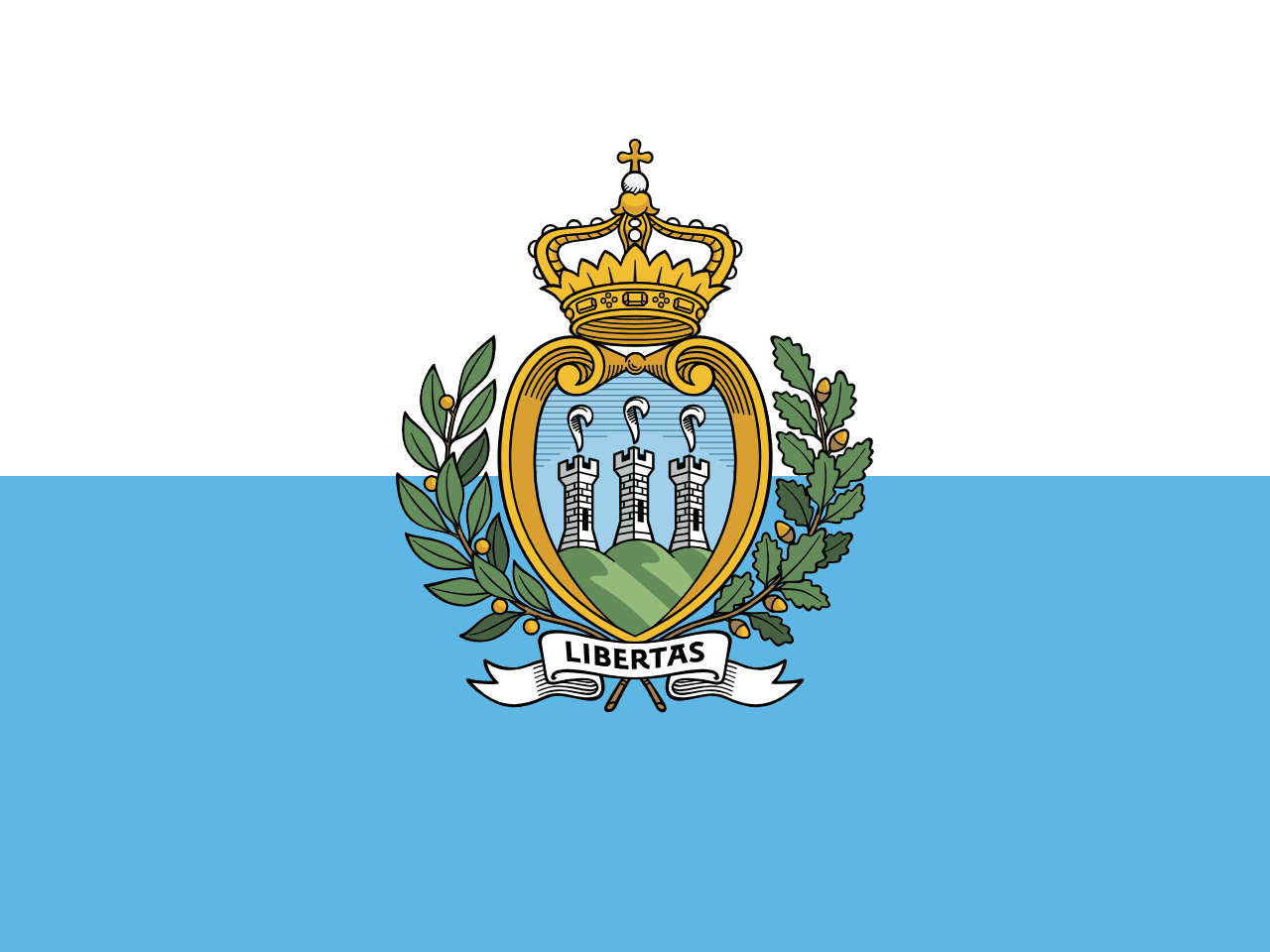
San Marino
Europe
White and light blue horizontal bicolor with coat of arms featuring three towers representing the ancient fortress republic on Mount Titano.
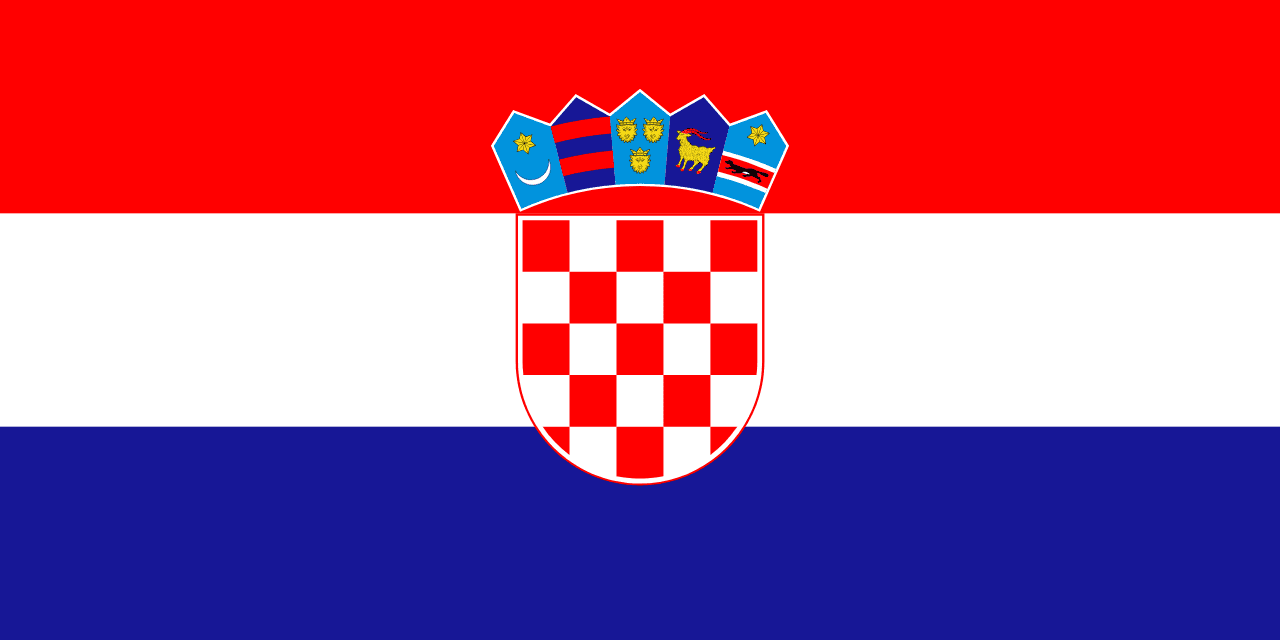
Croatia
Europe
Three horizontal stripes of red, white, and blue with the Croatian coat of arms centered on the white stripe, featuring the distinctive red and white checkerboard pattern and five historical shields representing the regions of Croatia.
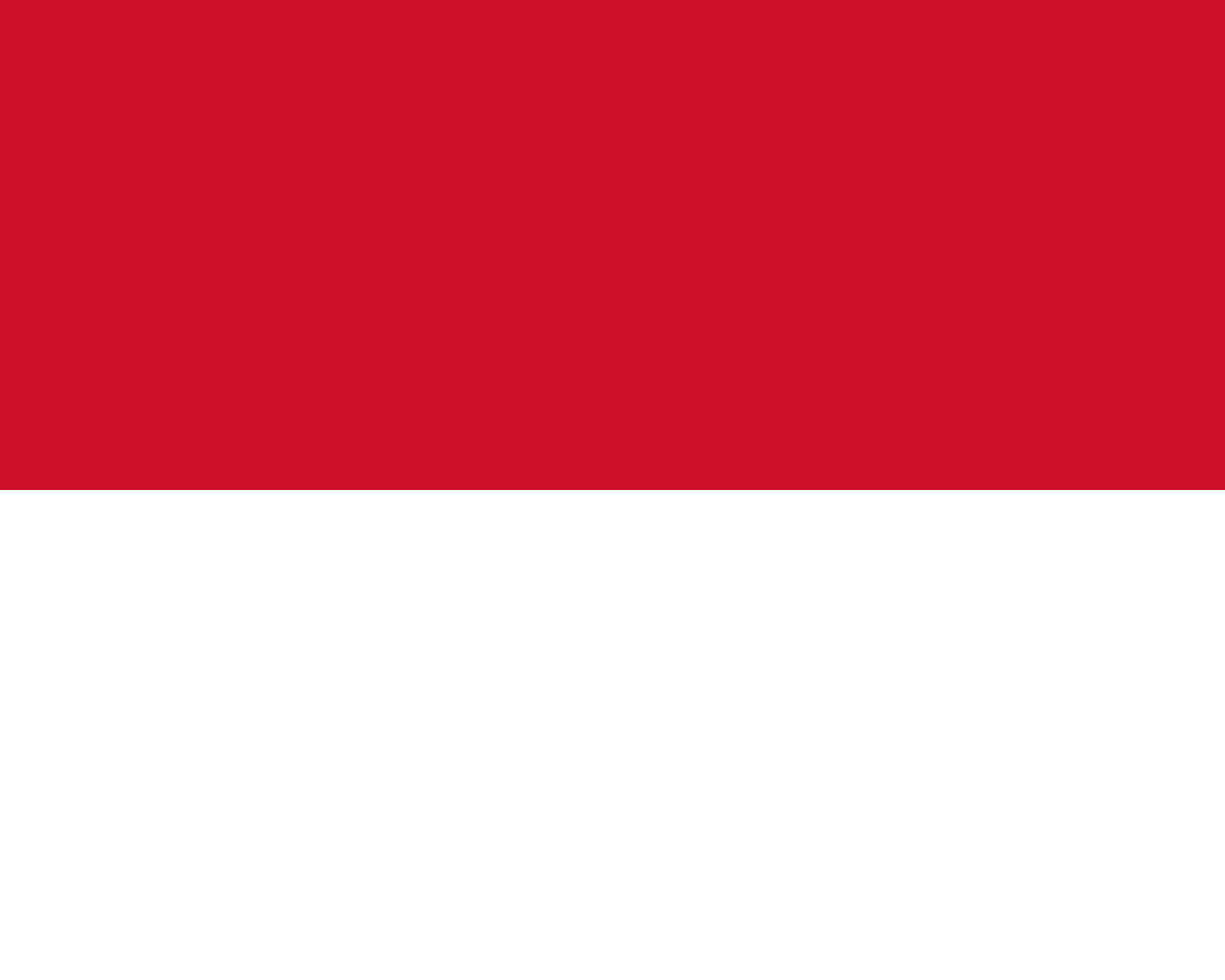
Monaco
Europe
Two horizontal stripes of red and white derived from the heraldic colors of the House of Grimaldi, representing one of the world's smallest sovereign states and oldest ruling dynasties.

Slovenia
Europe
A horizontal tricolor of white, blue, and red with the Slovenian coat of arms placed toward the hoist in the upper stripe. The coat of arms features Mount Triglav, Slovenia’s highest peak, three six-pointed golden stars, and wavy blue lines representing rivers and the Adriatic Sea.
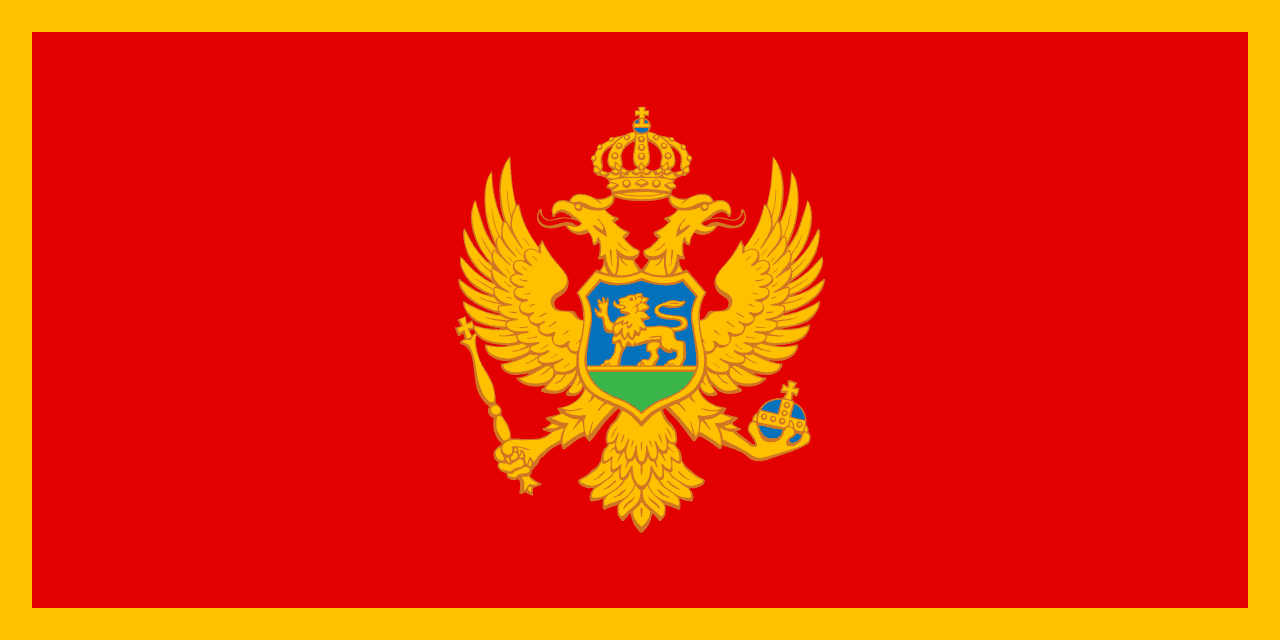
Montenegro
Europe
A red field with golden border and the coat of arms featuring a golden double-headed eagle, representing Montenegro's medieval heritage, Orthodox Christian identity, and recent independence from Serbia.
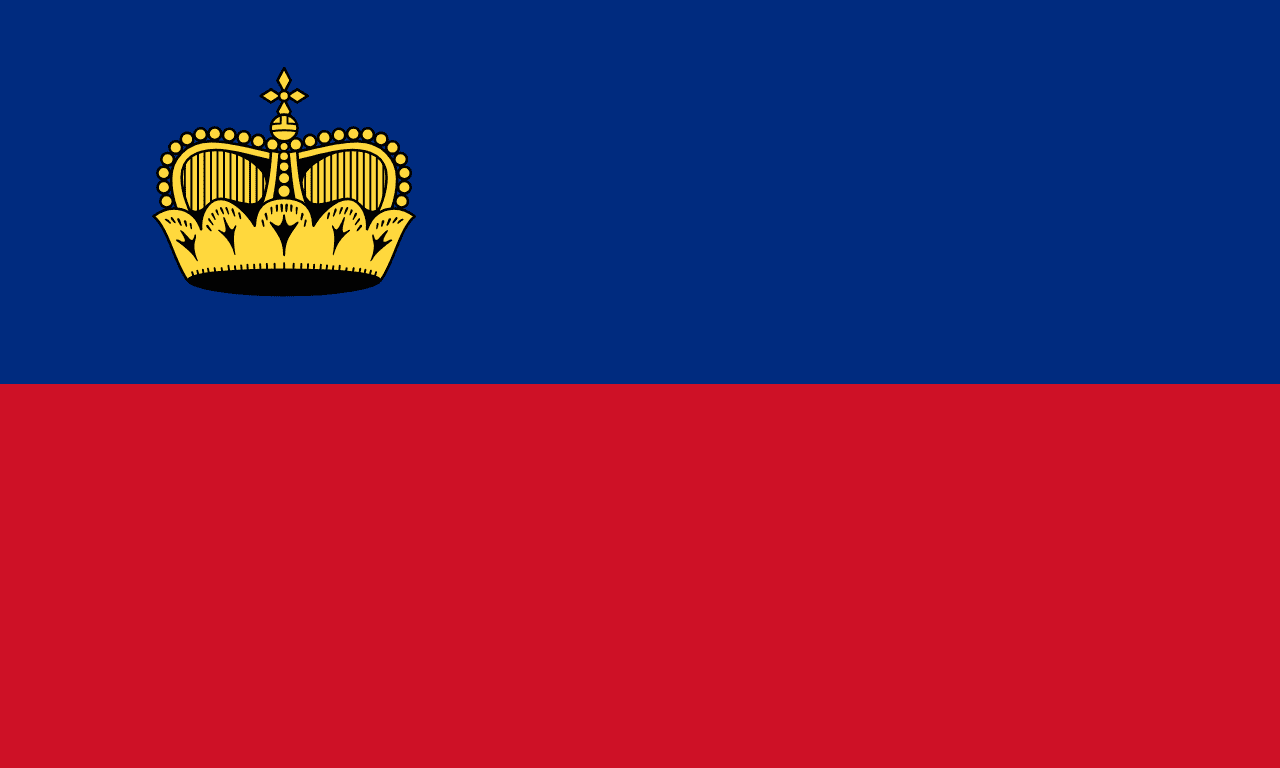
Liechtenstein
Europe
Two horizontal stripes of blue and red with a golden crown in the upper left corner, representing this Alpine principality that is one of the world's smallest and wealthiest nations.